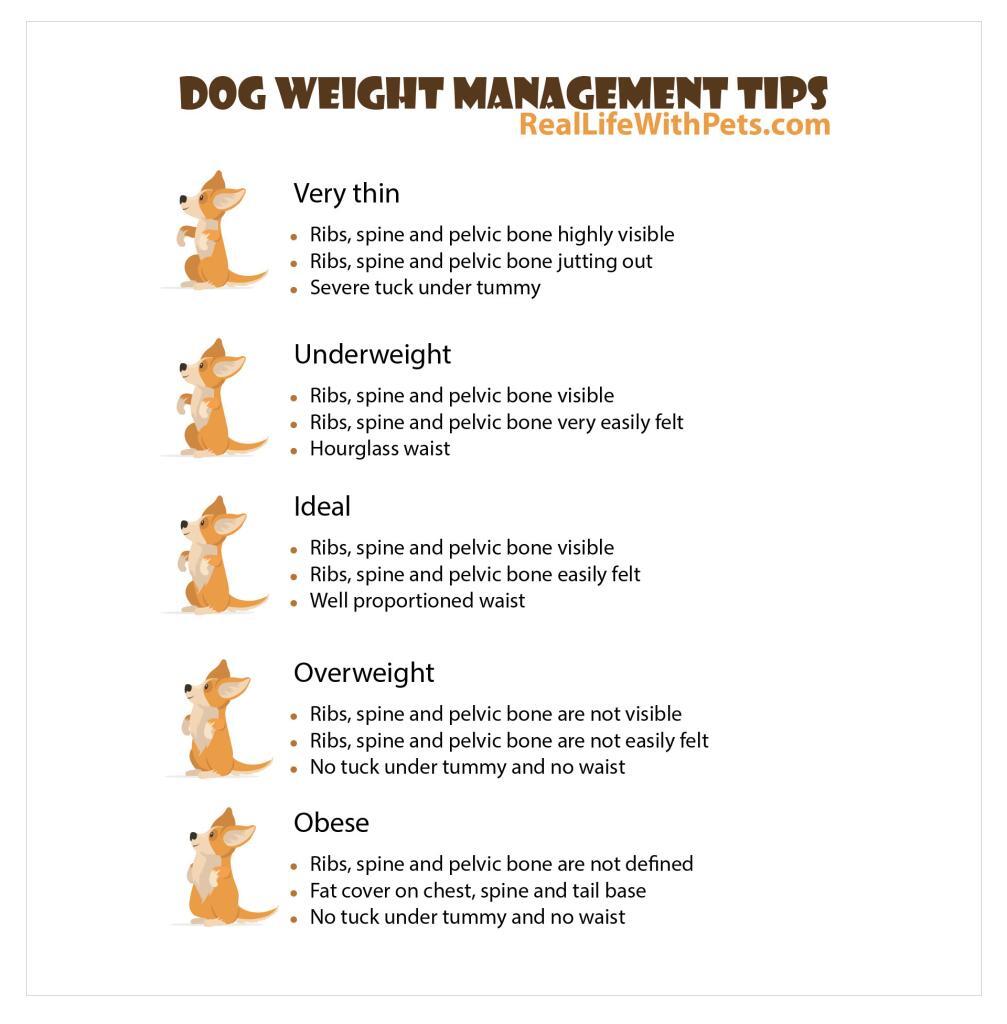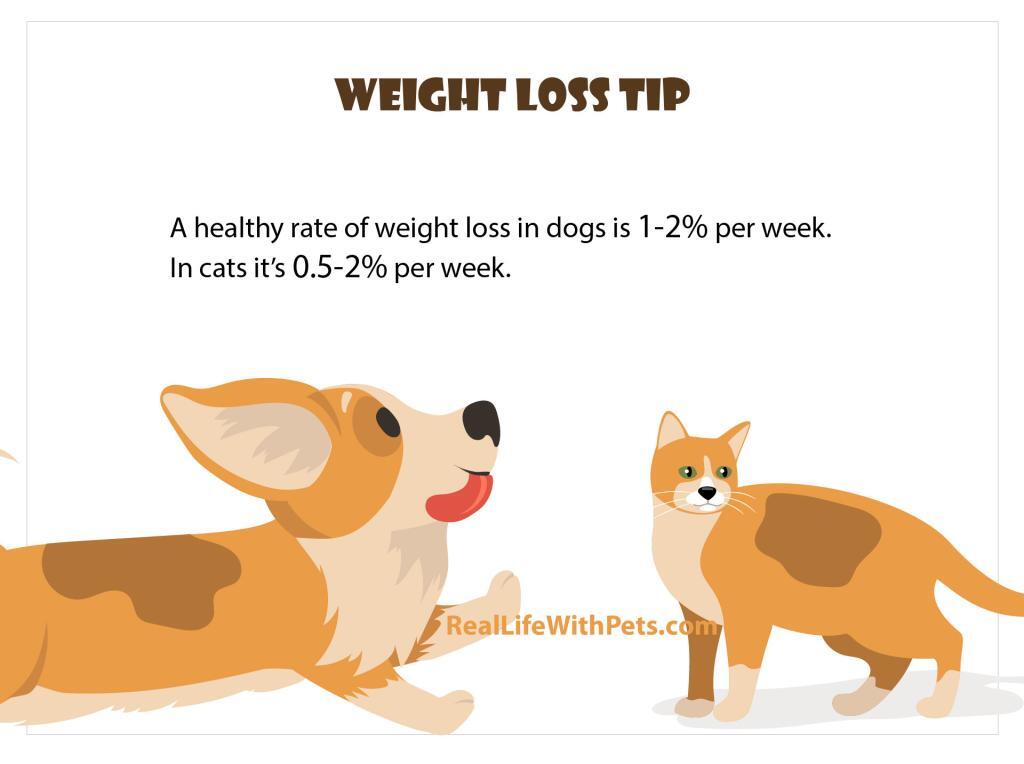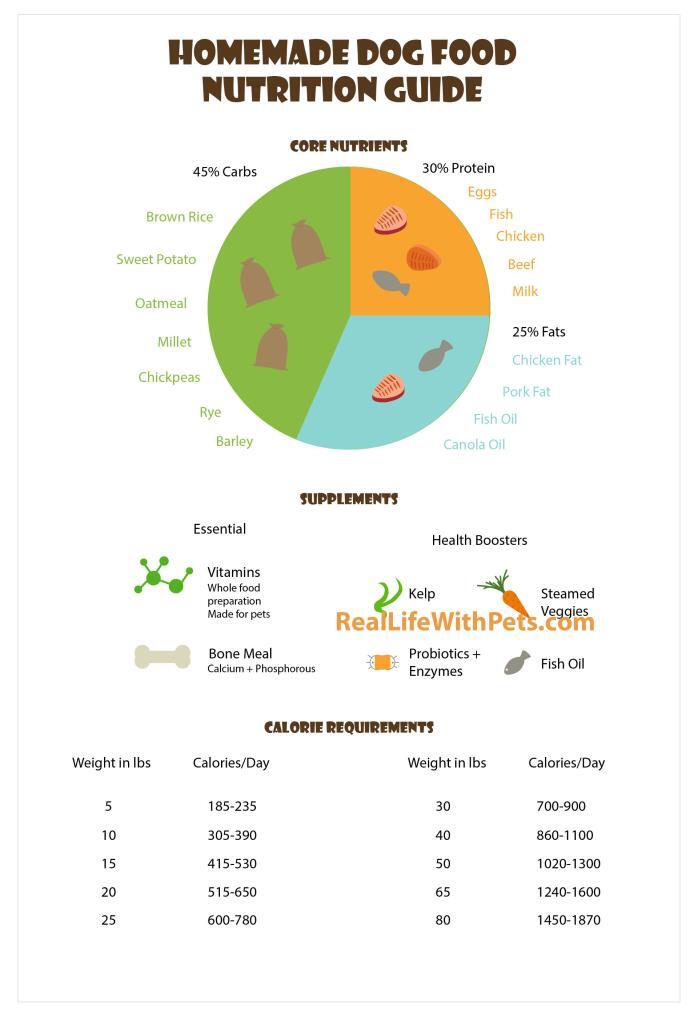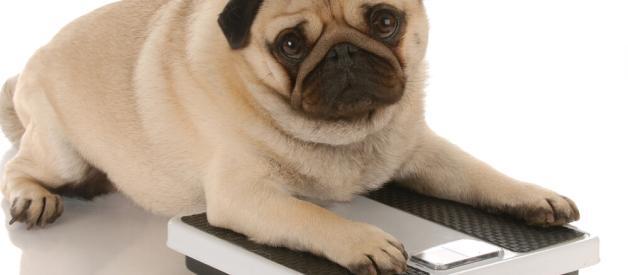Table of Contents
Unfortunately, obesity in pets is a common thing today. Obesity is overweight by 15 to 20 percent of ideal body weight. Excess weight will undoubtedly lead your pet to health problems sooner or later. In this regard, there is no difference between animals and humans. If the owner doesn’t care about this problem or neglects their dog’s health, overweight dog problems will appear sooner or later. Then the owner realizes that he has to do something. But what? First, don’t panic or make hasty decisions. Second, study the problem of obesity in dogs and then take action.
Obesity in Dogs – Health Risks
Compared to those with a healthy weight, pets who have overweight and obesity are at increased risk for many serious diseases and health conditions. This is especially true when your dog is going into middle age, and the health issues may be severe.
Health risks:
- Being overweight leads to a shorter life for the dog. According to statistics, the minimum rates start from one year and can reach up to two years, depending on the breed.
- It can cause type 2 diabetes problems, hypertension, osteoarthritis, heart disease, breathing difficulties, skin infections, bladder stones, immune suppression, some forms of cancer, etc. This applies to the individual predispositions of your puppy, who has had it since birth.
- Increased anesthetic and surgical risk may also occur.
Being overweight can indicate that your pet has problems that a vet should diagnose and treat. In such cases, only diet will not help eliminate obesity.
Causes That May Lead to Obesity in Dogs
Many factors may make your dog obese. There is no one main reason here. Let’s check them.
Food
By far, the first and foremost cause of obesity is food. For example, the food may be of poor quality, unsuitable for your dog’s breed, or you might give the pet too much food. However, it is not just the food quality that leads to obesity, but the fact that dogs consume more calories than they use.
Age
Age is the second cause of obesity in dogs. As a puppy, it is normal for your pet to eat more calories since a healthy puppy is active. But when the dog ages, it becomes harder to use it up. As a result, physical activity decreases, metabolism slows down, and chronic diseases may appear.
Mood
When choosing a puppy or kitten (it doesn’t matter – this rule applies to any pet), you should consider the breed’s natural predisposition. There are breeds of more active dogs, and there are passive ones. Some breeds, such as greyhounds, are not usually obese. Labradors, on the contrary, are more likely to be obese.
Passive Lifestyle
Any breed should have enough daily dog exercises to stay in a cheerful mood and in good shape. When pets age, their desire to have an active walk decreases, but the owner should encourage them to stay active.
Overall Health
It is the most dangerous and unpredictable factor. When it comes to obesity in dogs, health risks can be a cause of illness or a consequence of it. For example, neutering often leads to obesity and loss of activity in dogs. In addition, a hormonal imbalance will lead to excess weight.
Medical Explanation for the Dog’s Weight Gain
The most common medical cause of excess weight in dogs is hypothyroidism. A complete blood panel with a thyroid level and other confirmatory tests are required to diagnose this disorder. If an overweight dog with hypothyroidism is not treated, it will make losing weight difficult and predispose your animal to other hypothyroidism-related diseases.
Predisposing to Obesity
There are non-medical factors that have been shown to predispose animals to obesity:
- early-onset obesity;
- overweight owners;
- old age;
- competition for food;
- a free-fed diet;
- a sedentary lifestyle (widespread for indoor dogs).
In addition, females are typically more prone to obesity than males. Genetics is also a factor, especially for beagles, Labrador retrievers, dachshunds, and shelties.
The Body Condition Score (BCS)
Today there is a straightforward method for determining excess weight in a dog. It is called the Body Condition Score (BCS). Depending on the animal species, a body condition score can range from a 1 (thin) to a 9 (obese). Thus BCS helps determine whether your pet is obese or not.
 Thin or underweight. Category 1-3. Bones on the back, ribs, and neck are easily visible, with very little fat.
Thin or underweight. Category 1-3. Bones on the back, ribs, and neck are easily visible, with very little fat.- Ideal weight. Category 4-5. The bones are not visible; the dog is in a perfect shape, and the waistline is visible.
- Overweight or obese. Category 6-9. There are fat deposits; the waist is not visible or almost invisible. More weight visually.
With BCS, it is easy to determine if your dog has obesity problems or not.
Benefits of Weight Loss
- Weight reduction will help your pet improve their quality of life.
- It can decrease the stress on joints, especially in pets with arthritis.
- It helps improve cardiovascular function.
- Weight loss enhances athleticism and reduces the need for certain medications.
- Dogs live longer and happier when they are in their best shape.
Help Your Dog to Lose Weight
In any case, you should contact your veterinarian before starting a weight loss program for your pet, even if the dog looks healthy. Once you have developed the right dog weight loss strategy, ensure you don’t cause stress to the animal. Therefore, you must be patient and start the diet slowly.

Go to the Vet
It should be your first step in your dog’s weight loss journey.
- An expert can help you determine the cause of obesity. You must ensure that obesity does not result from any dog’s disorder.
- If you have a rare breed and it is difficult to identify its BCS, your veterinarian should help you with this.
- The vet will help you develop your pet’s right and professional weight loss plan.
Develop a Dog Weight Loss Plan
The struggle with animal obesity must be systematic and persistent. Therefore, it is worth developing a plan to achieve quick effects. Try to include all aspects of your pet’s life in it. It is the only way to achieve your goal.
Choosing the Right Dog Food
This step is the base of your future program. If your dog is used to eating tasty food several times a day, you should not immediately change the situation. Dogs are very dependent on habits. Instead, switch to a low-calorie food. You can gradually reduce the amount of food per day. Ideally, it is best to keep records and choose a food that your vet suggested.
Adjust Weight Loss Diet
Another option for this plan is the right dog diet. Offer your pet plant food, then record and count your dog’s calories. Add a small portion of high-calorie food if the pet does not receive enough calories.
Limit Delicacies
This point will require strict discipline from you and your family. All the delicacies your dog gets during the day should be added to its daily calorie list. Therefore, such delicacies will have to be limited or kept in records. The table remainings that your dog gets during the day should also be counted to the calorie limit.
Schedule a Portioned Feeding
A proper schedule is key to success when we talk about weight loss. For example, if you offer the pet food at the same time every day, your dog will produce gastric juice at the same time, and an appetite will appear. On the contrary, unsystematic nutrition will deteriorate the problem.
Weekly Weigh-Ins and Progress Checking
Your pet’s weight loss plan should be divided into equal time intervals. At the end of each step, you should make weight measurement control. It will help you understand if your plan is correct.
Regular Physical Activities
Any dog weight loss plan will lead you to the necessity of regular outdoor activities. What if your dog is no longer at the age when crazy bike runs or frisbee chases are fun for him? You can change the type of activity, for example, swimming or finding a new walking area. You can invent a new fun game with a pet that does not require too much exercise but puts the animal in a good mood. Encouraging food can be applied here. Choose the one that will taste good to the dog but contain only a few calories that will not interfere with the diet.
Weight Loss (and Maintenance) is a Long Time Process
Helping your dog to lose weight is not easy. The process may take several months, but the result is worth it. Your pet will again become that cute and active dog as you remember him to be. Many health problems will disappear, which will help prolong the life of your beloved dog.
Dog Food for Weight Management
Your pet’s weight loss plan may include special dog food. This food type should be chosen accurately according to the dog’s preferences. They come in capsules or special powder with a specific dosage of nutrients per dose.

Conclusion
The quantity of obese and overweight dogs is increasing worldwide. In most cases, obesity affects a pet’s quality of life and can lead to many severe and potentially life-threatening conditions. Therefore, the owners’ goal should be to help the dog lose weight and develop healthy habits to avoid potential health problems in the future.
In short, go for long-term solutions, not an overnight success. And follow our tips to get your furry friend to an ideal weight.
FAQ
How Can I Help My Overweight Pet Achieve a Good Shape Safely?
If your pet’s overweight problems are not health-related, then a thoughtful meal plan and constant activity can return it to its optimal body shape.
What Is the Fastest Way for a Dog to Lose Weight?
Proper nutrition and outdoor activity are the fastest way to reduce your dog’s weight.
What Is a Safe Weight Loss Goal?
A weight loss program should be designed specifically for the dog breed you own. For example, walking for forty minutes every day is safe.
How Long Will It Take My Dog to Reach Its Ideal Body Weight?
You need to make some effort to return the dog to the ideal body shape. It would be great if you were prepared for a gradual change in the diet and the appropriate activities within 3-4 months.
How Many Meals Should a Dog Have?
The dog should have minimum two meals a day, every 12 hours. Or three times a day with your family if that’s more convenient for you.
How Much Food Should I Give My Dog?
The amount of food you should give will vary depending on the caloric density of the food. The number of calories your dog utilizes is based on the daily energy requirement for your animal and the amount of exercise they do. Therefore, it will be very important that you use a measuring cup to determine the portions you feed accurately.
How Much Exercise Does My Dog Need?
If you want your pet to lose weight, you should actively exercise your animal. If your dog is not used to the activity, you will need to gradually increase the amount of exercise they receive. Start exercising for 10 minutes several times per week and increase the activity until you reach at least 30 minutes a day. Exercising your dog for at least 15 minutes twice a day will help them spend energy, increase their metabolic rate and retain lean body mass.
What are the exercises for overweight dogs?
Dogs’ exercise may include playing ball, brisk walking, swimming, or other activities.
Why Does My Dog Seem Always Hungry on a Diet?
You may notice it at the start of a weight-loss journey. Feeding fewer calories than your dog needs to maintain his/her current weight is necessary. That’s why your pet will likely feel hungry. However, resisting the temptation to feed more food or treats is vital.
How do I Maintain My Pet’s Ideal Shape Once It Is Reached?
Obesity creates a predisposition for gaining weight. Therefore, your pet will probably need to keep a diet to maintain the perfect body weight. Consequently, it is very important to feed your pet the correct amount of food and continue exercising.
Does Walking Help Dog Lose Weight?
Veterinarians often recommend walking as essential for most pets’ weight loss and fitness programs.
Is a 20-Minute Walk Enough for a Dog?
Most dogs can tolerate 20-30 minute dog walks daily if they have a relatively good body condition. Some dogs in excellent physical health can walk up to 2 hours or go hiking for hours.
Why Is My Dog Overweight But Doesn’t Eat Much?
You may want to check your dog for health conditions, including hypothyroidism.
What Food is Good for Dogs on a Diet?
It is entirely acceptable to feed your dog a pure kibble diet. Or you can mix their diet with some cooked or raw meat, fish, vegetables, and rice. Many owners like to feed a raw meat diet to their dogs, but it is not suitable for every pet. Please consult your vet.























